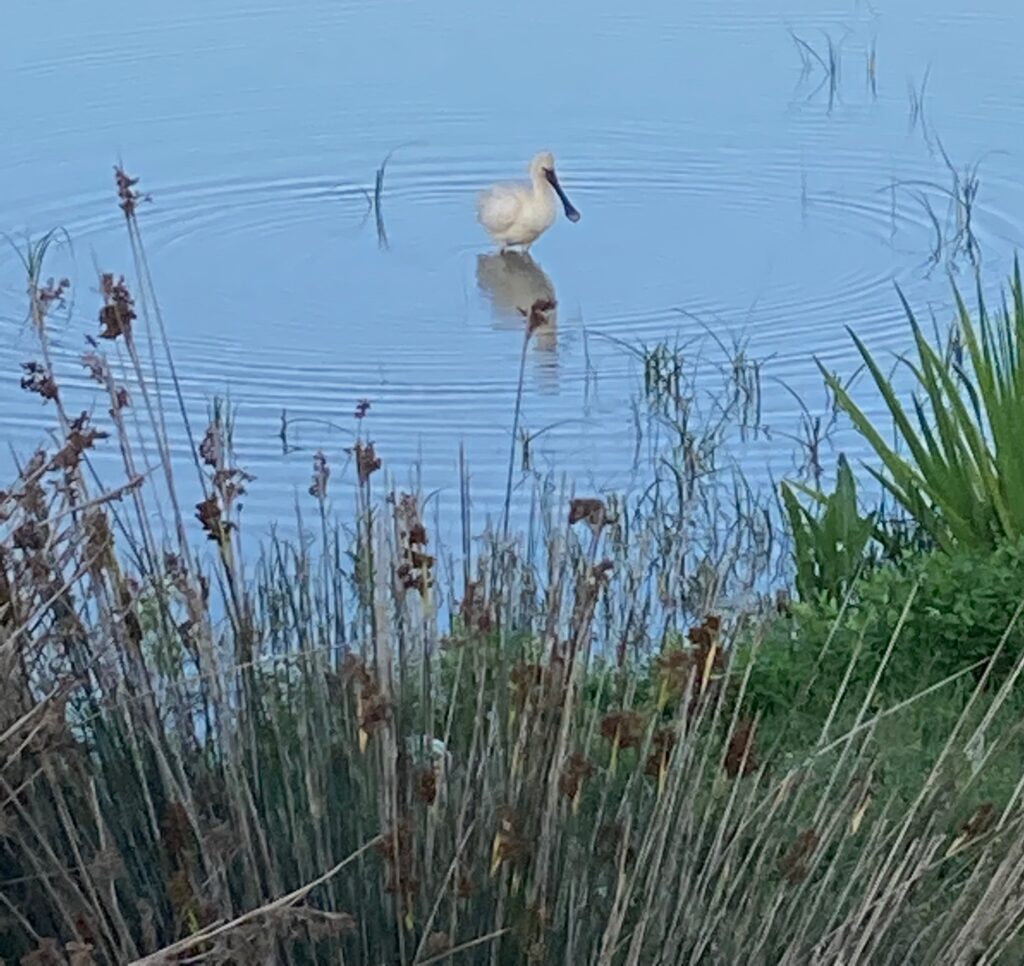
One of my favourite places in Spain is the National Park of Doñana which lies along the banks of the Guadalquivir estuary. It has been drawing me back there time after time, ever since I first happened upon it in 1989, and this year—my seventh visit—was as enjoyable as ever. I don’t know if it is the feeling of space, the wide expanse of the sky or the wonderful clarity of the light, but it is a place where you really feel in touch with the land.
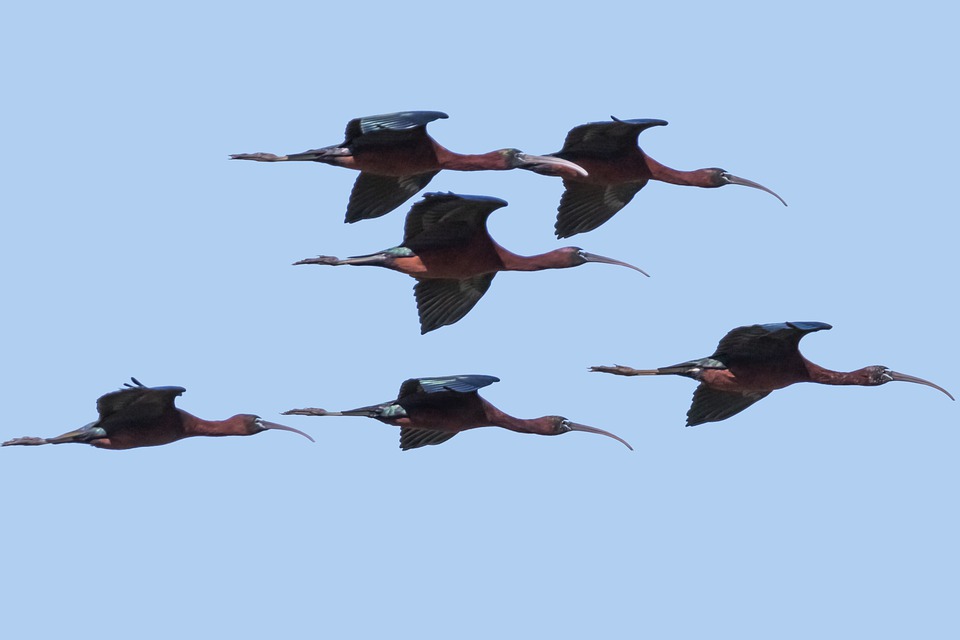

Once the hunting area for the landed gentry, now it is an internationally famous biodiversity which is unique in Europe and vital to the health and life style of many European birds. The park is located in the province of Huelva in Andalusia and takes up a large part of that province. It consists of a wetland zone called Las Marismas, sand dunes, Las Dunas, a woodland area and the estuary.
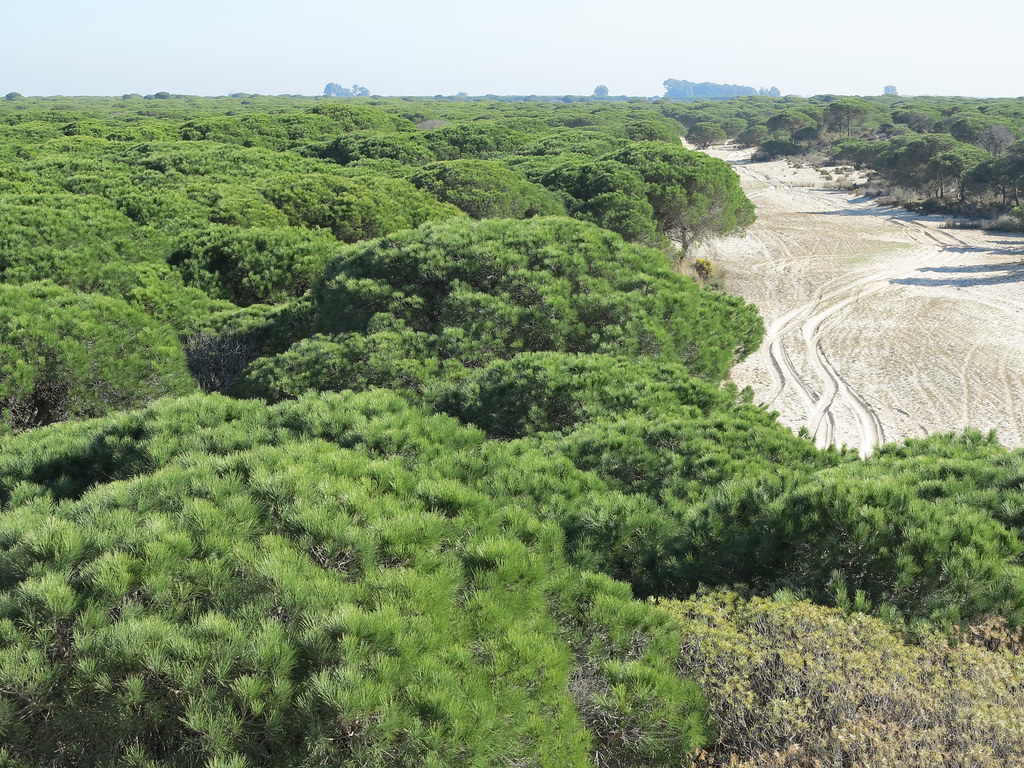
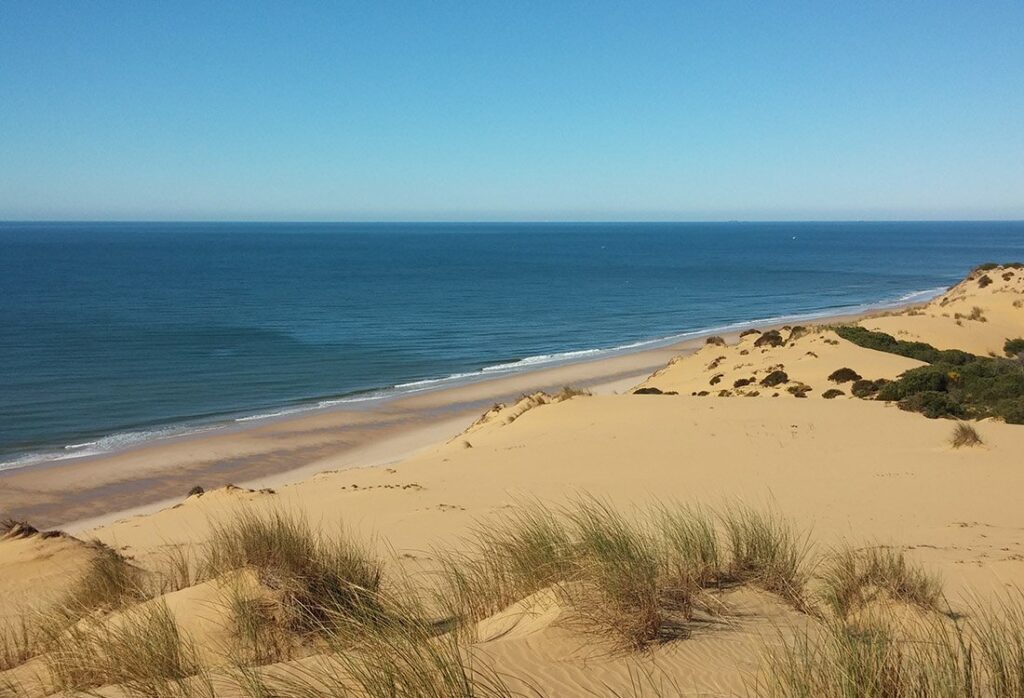
This area was first established as a nature reserve in 1969 when the World Wildlife Fund, together with the Spanish Government bought some of the marshes, wetlands and sand dunes in order to protect them, but it has been a constant battle since then between the local people with their demands for irrigation, and the conservationists who are trying to save this unique environment. The main issue of course, is water which is extracted from the wetlands to supply irrigation for crops such as cotton and rice, and more recently strawberries which are grown under plastic, and also to meet the demands of tourism and the increase in new buildings. There is also the problem of upstream mining which pollutes the water downstream.
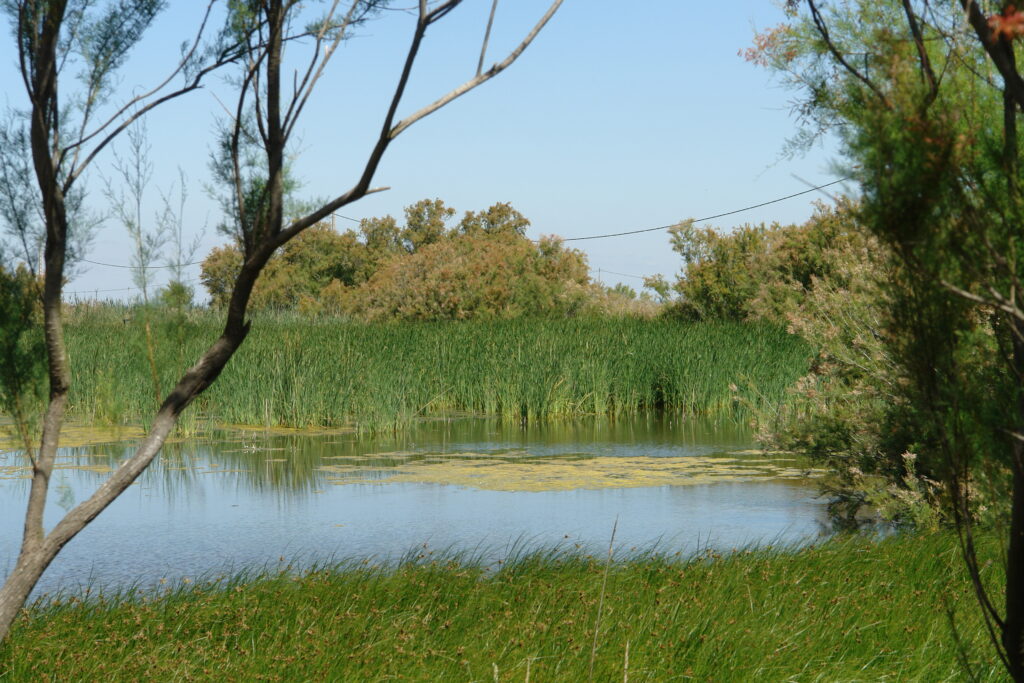
In 1989 the Doñana Natural Park was also created to provide a buffer zone between the National Park and the adjacent agricultural areas. Doñana’s location, close to the Straits of Gibraltar—a narrow crossing between Africa and Europe—make it an ideal stopping place for a wide range of birds to rest before crossing into Africa, and the large expanses of salt and freshwater marshes make it a perfect breeding ground for both African and European birds. The best times to visit Doñana to see the birdlife is in early spring and autumn when migratory birds are on the move; many of which decide to stay in the park to winter there.
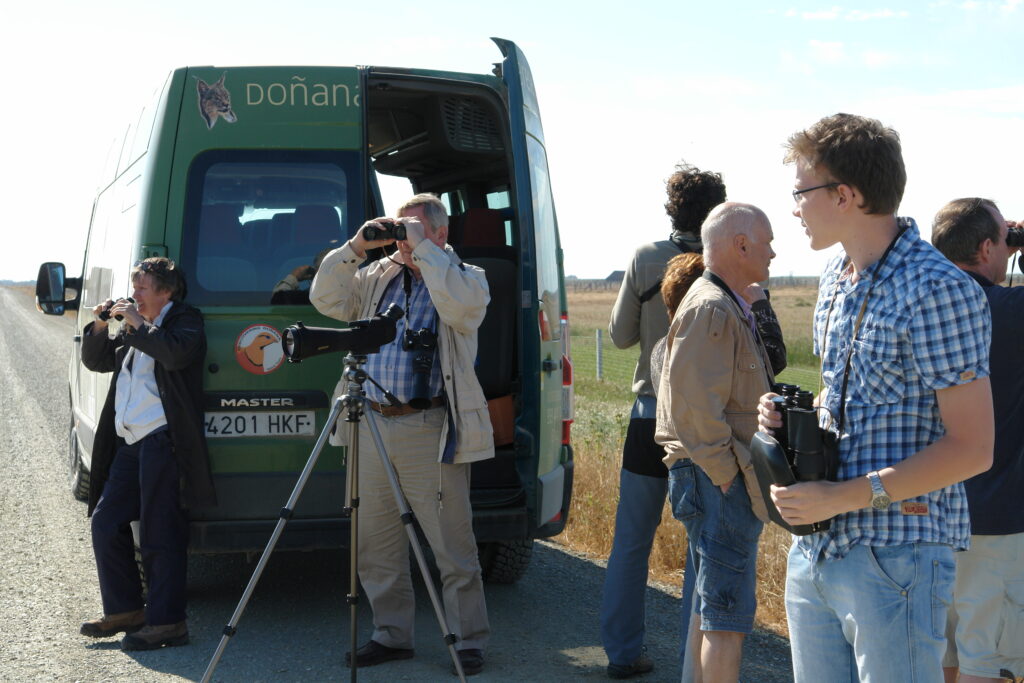
But it is not just birds that the National Park protects, there is also a large number of animals and reptiles living there. There are red deer, rabbits, hedgehogs, wildcats, wild boar, otters, red fox, polecats, tortoises, lizards, snakes, turtles, badgers and the Egyptian mongoose amongst many others, but the most spectacular of them all is the Iberian lynx. This beautiful creature has been designated an endangered species since 1966 but its numbers are recovering steadily due to the Acebuche Breeding Centre in Doñana—you can visit the centre and watch live video feeds of the animals. However despite the success of the breeding programme many lynx still die prematurely in road accidents.
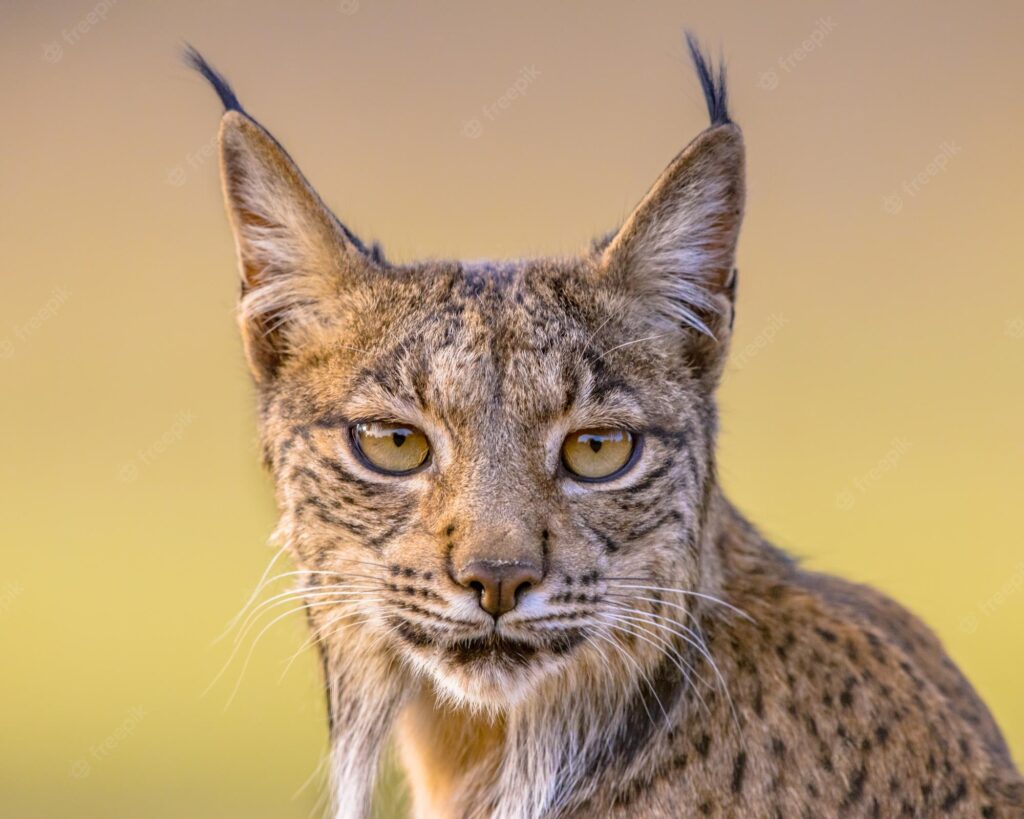
The park is also a grazing area for two indigenous types of wild horses, one of which is the oldest known European breed, the Retuertas, which dates back at least one thousand years. The other is known as the marsh horse. The park was also once the home to camels; brought to Spain by the Moors they lived happily there until the mid-twentieth century, when they died out due to extensive poaching.
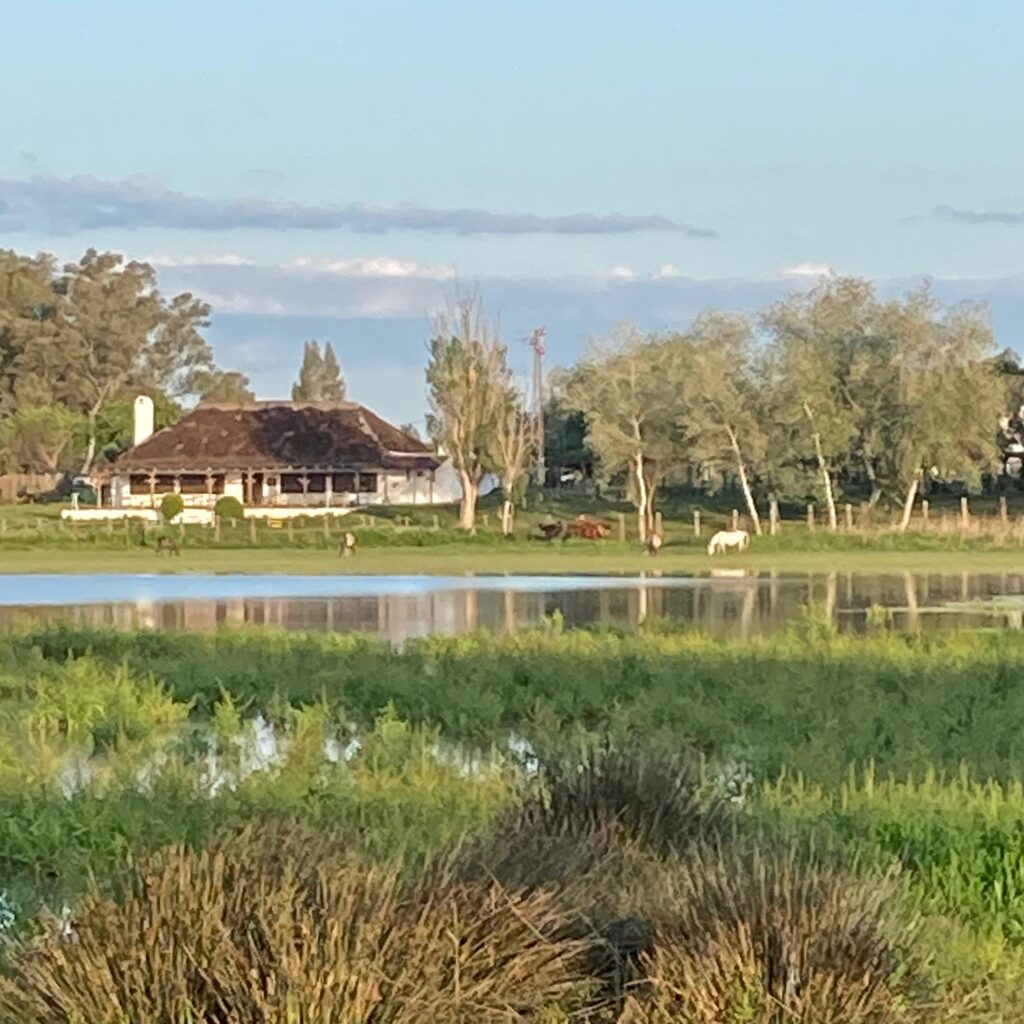
But what was life like in Doñana a hundred years ago, when its name was then Coto Doñana, the hunting preserve of Doñana?
As far back as the 13th century the area known as the Rocinas forest—which stretched from the Rio Tinto to the banks of the Guadalquivir River, and included what is now the Doñana National Park—was established as a royal hunting area because of the abundance of red deer and wild boar who lived there. It is easy to imagine that even further back in history, when the land was occupied by first Tartessos, later Phoenicians and Romans and then the Moors, that this area was an important source of food from both hunting and fishing. In 1294 King Sancho IV gave the area of Doñana to the dukes of Medina Sidonia whose family subsequently held the land for over six hundred years. The name Doñana was established in 1585, and came from Doña Ana de Silva y Mendoza, the wife of the seventh duke of Medina Sidonia and commander of the Spanish Armada. It is said the duchess was tired of life at the royal court and she decided to move to their hunting lodge in Andalusia, which then became known as Coto Doña Ana, the hunting reserve of Lady Ana. This humble lodge later became converted into a more luxurious palace in the 17th century when the King Philip IV came to stay there; it is now called Palacio de Doñana. In 1901 the 19th Duke of Medina Sidonia sold the Coto Doñana to an Englishman to pay off his many debts. William Garvey, a sherry magnate, restored the neglected estate and when he died it passed to his descendants. The family maintained the Coto Doñana as a hunting preserve until it was discovered by some Spanish ornithologists in 1952. They immediately recognised the importance of the area for the birdlife of Europe and Africa and began the plan to protect and preserve the Coto Doñana.
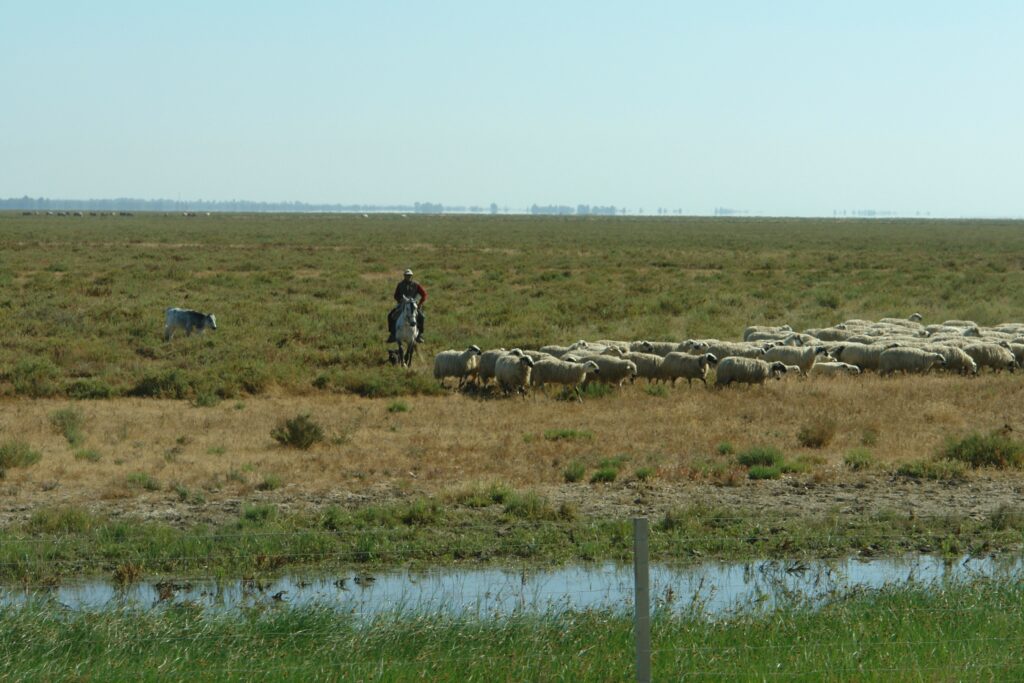
Of course there were more things going on in the Coto Doñana than hunting and fishing. Charcoal burners had lived and worked in the forests for centuries. There were an abundance of pine trees which they could cut down and prepare for making the charcoal, and plentiful heather and reeds to make sure that the wood never burned too quickly. They arranged the logs of wood uniformly in large conical piles and once they were well sealed with an airtight layer of heather, grass, moss or earth, the fire was lit inside. The charcoal burners’ huts were usually close by so that they could monitor the charcoal’s progress over a period of six to eight days, making sure that the wood burned slowly.
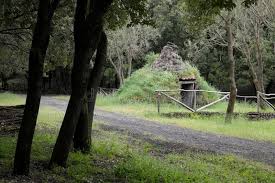
There were also bee keepers in the forests. Many of the bees would build their hives in the cork bark of the indigenous cork oaks. Their honey was greatly prized by the local people to eat and to sell.
As I already mentioned, horse breeding and the management of wild horses has always been a tradition in the park, as has the grazing of wild cattle. In recent years local farmers have been allowed to graze their sheep and goats on the pastures of the Natural Park. This has helped to remove a lot of the ground scrub under the pine trees, reducing the risk of forest fires and improving the pasture quality for wild herbivores, who in their turn are the prey of the Iberian lynx, the Iberian Imperial eagle and the Eurasian eagle-owl which breed in the park.
Bordered on the south-west by the Atlantic and the east by the Guadalquivir River, fishing was always plentiful in the area of Doñana. On the Atlantic coast the traditional fishing method to catch tuna was the almadraba, whereby a large net was held together at the top with floats and firmly secured below on the seabed. The tuna could swim into the net easily enough but could not escape and the fishermen were able to kill them. In the river the fishermen used to use longlines with numerous hooks attached to catch sturgeon, a fish greatly prized by the local gentry. Nowadays the sturgeon have all but disappeared from the Guadalquivir river.

Like many towns and villages in Spain, Rocio, a village on the edge of the Doñana National Park, has its own Virgin Mary, but there is a legend attached to this one. In the fifteenth century a man walking through the Guadalquivir marshes was said to have come across a small statue of the Virgin Mary in a hollow tree trunk. He carried it back to the small town of Almonte and declared it was a sign from God. In 1653 the virgin was declared to be the patron saint of Almonte and for many years the statue was kept in the town, but after a period of sickness and unrest in Almonte it was moved to the nearby Hermitage of El Rocio for safe keeping. In 1653 it was renamed the Virgin of el Rocio. Every year, on the second day of Pentecost a million pilgrims from all over Spain congregate at the Sanctuary of the Virgin of Rocio to pay homage to the Virgin. They come by car, in ox-drawn wagons, on horseback and on foot and some follow the ancient routes, part of which takes them through the Doñana National Park, something which is of great concern to the conservationists.
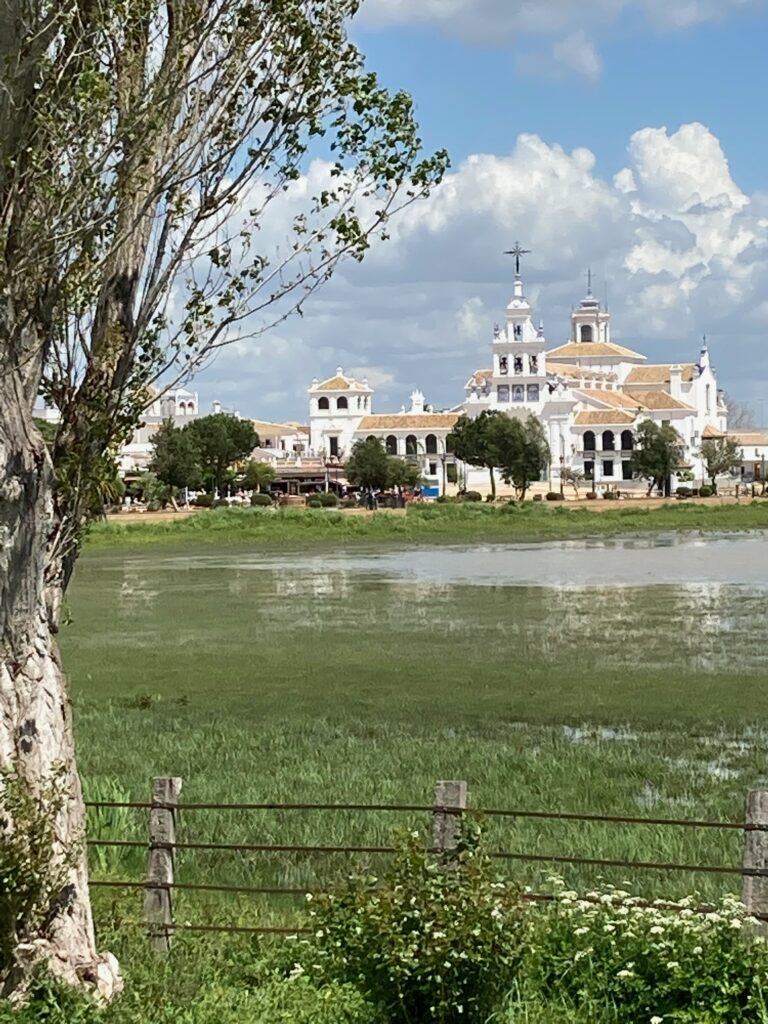
If you are wondering why I am so interested in the history of Doñana, it is partly because my next historical novel will be set in both the Coto Doñana and the province of Seville. The story is about two families, one that lives in Doñana and one who owns a sherry bodega in Seville, and it takes place in the years just before the Spanish Civil War, a time when change had been slow for people living in Doñana and life was hard. The other reason is that I think the National Park of Doñana is such a wonderful place that the more people who know about it the better, and the more likely it will survive for the benefit of everyone.
